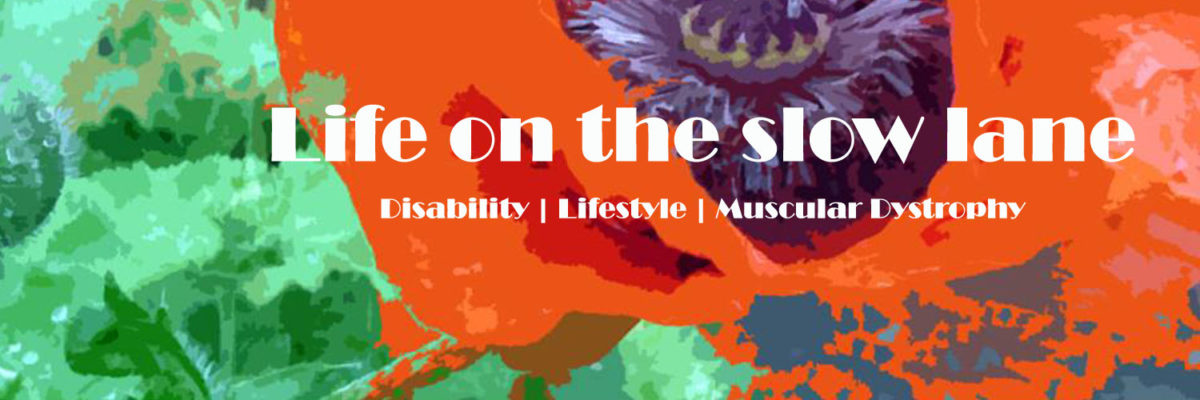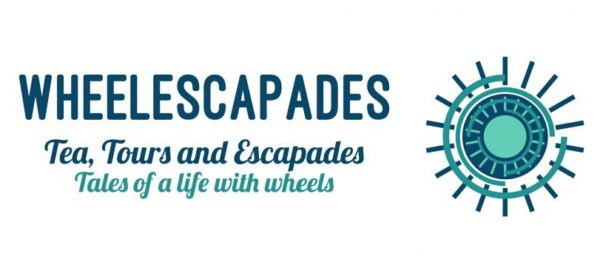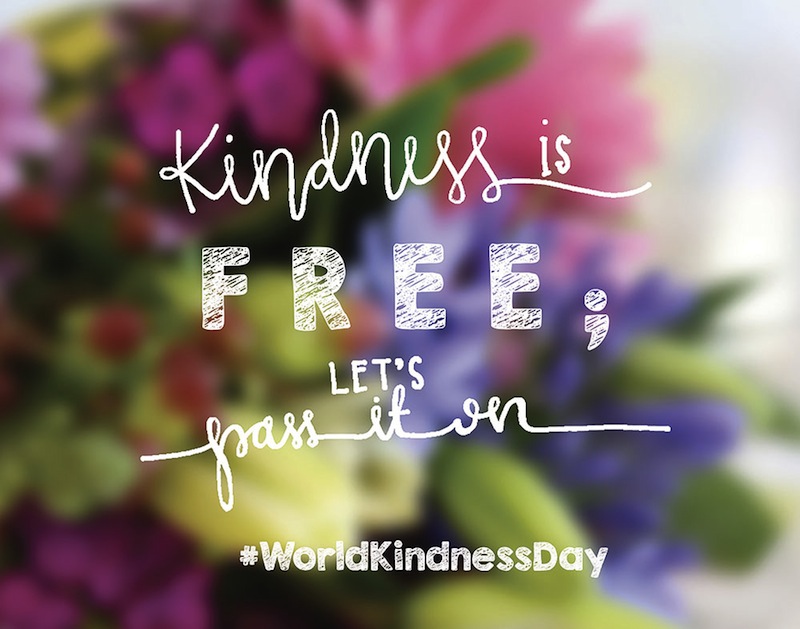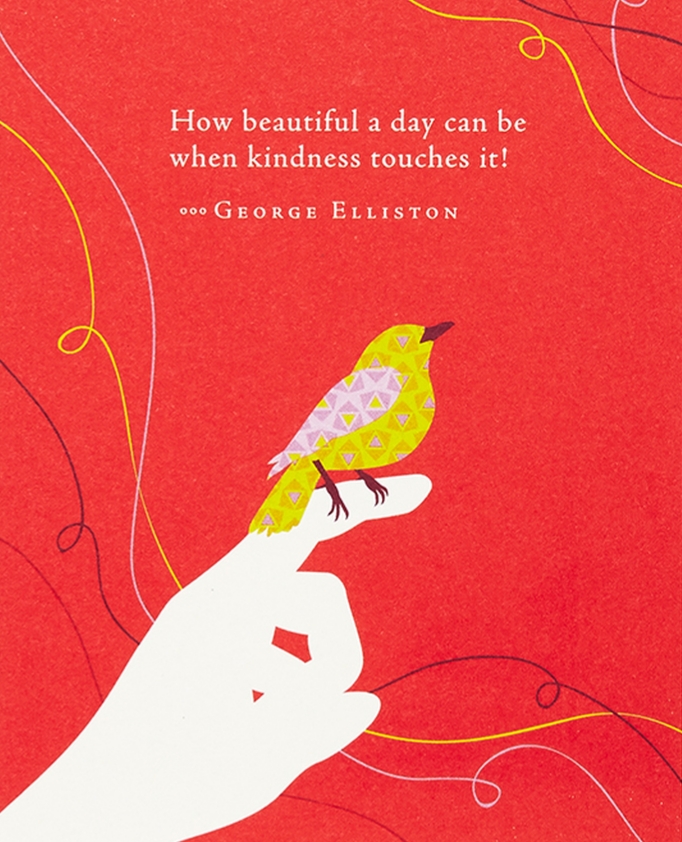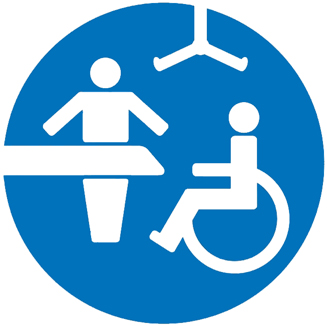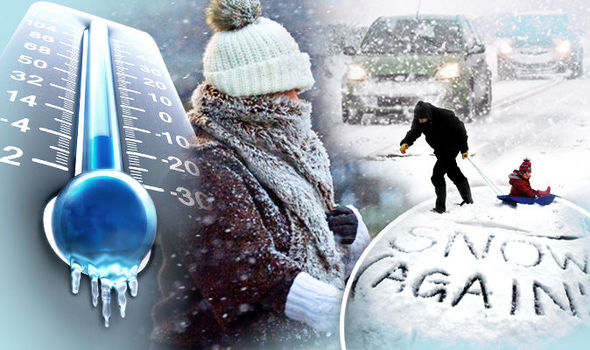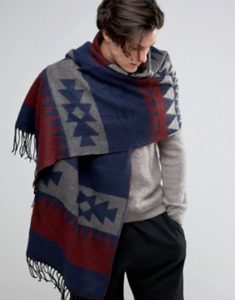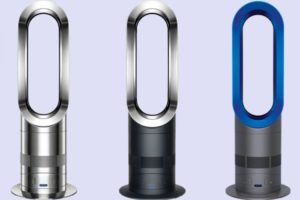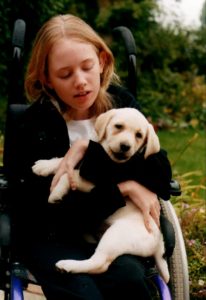I recently collaborated with fellow disability and lifestyle blogger Gemma Orton, aka Wheelescapades, on a ‘20 Questions‘ blog post.
We initially got chatting on social media and found we had a few things in common ~ We’re both arty/crafty types, we have a mutual love for all things Disney, and we are both wheelchair users. Gemma has Spinal Muscular Atrophy Type 2 (SMA2), while I have Ullrich congenital muscular dystrophy.
To get to know each other even better, we gave each other free rein to ask 20 personal questions!
Here you can find my previous post, in which I interview Gemma.
And below are my answers to Gemma’s 20 questions…
1. What made you decide to write a blog?
I had been thinking about it for a long time, though it took me several months to begin. I wanted to do something productive and worthwhile but didn’t think anyone would care or be interested in what I have to say.
They say you should write what you know. I have been disabled since birth and so consider this my expert subject. However, disability isn’t a particularly popular or fashionable topic to blog about. I knew it would be a challenge and it has been. I do feel like I’m constantly playing catch-up and at times I wonder if it’s worth the time and effort. But when I receive positive responses from complete strangers, I am reminded why I’m doing it.
2. What do you want your blog to achieve?
I want to raise awareness of muscular dystrophy, particularly Ullrich congenital muscular dystrophy which is the rare and little-known form that I have. I want to share my thoughts and experiences, having lived my whole life as a physically disabled individual, in the hope that it may in some way help others.
3. What is the most difficult thing for you about having a disability?
Blimey, I could write a list! There are many challenges and frustrations. My condition is progressive and so the difficulties become greater with age. I think perhaps, for me, the most difficult thing about living with Ullrich congenital muscular dystrophy, is the limitations it inflicts. I am limited physically – I cannot run, dance, walk or even weight-bear. Just to be able to stand and support my own weight would make a world of difference! I am life-limited! Yes, UCMD is a life-limiting condition. I will not grow old or see my new baby nephew become an adult. Furthermore, my quality of life is limited. To put it briefly, when I am ill I’m REALLY ill. I have spent much time in hospital with respiratory related issues including repeated bouts of pneumonia, pleurisy, and a collapsed lung. I have literally lost months of my life to UCMD – housebound, unable to eat and reliant on non-invasive ventilation.
4. What is the biggest positive about having a disability?
The positives are much more light-hearted! Concessions, being able to skip to the front of the queue and designated parking (although disabled bays are often occupied by sports cars lacking a blue badge!)
5. If you could only eat one food for the rest of your life what would it be?
Hmm, tricky! I do like variety. I guess I’d have to choose… mash potato?! That way I could always mix it up by adding herbs from the garden (or is that cheating??)
6. An apocalypse is imminent, you have 30 minutes to prepare, what 3 items do you pack?
Well, I guess if the apocalypse is coming then it doesn’t really matter as we’re all doomed anyway?! But, I think I would still pack a bottle of Lucozade (I live on it! Purely for the energy boost), my dog and my family!
7. When making tea would you pour the milk or water in first?
Water!
8. What is your favourite way to relax?
I like to shut myself away, snuggle up in bed or on the sofa, and listen to music or watch a good film.
9. If you could interview any human, dead or alive, who would it be and what would you ask?
Wow, I really don’t know. God! (who I don’t believe in – what a cop-out) He has a lot to answer for.
10. What would be your dream job?
I’m one of those people who never knew what they wanted to do. I’ve never been career focused or academically ambitious. All I ever wanted was to have kids! But, if I could be absolutely anything, I think I’d be a dancer. I’ve always loved everything about dance. And yes, I’m a huge Strictly fan!
11. You’ve just won 10 million pounds (congratulations!), what 3 things would you do with the money?
Sort my family out – erase any debts and buy them homes, cars and whatever else they might need or want. Make sure my closest friends are comfortable! Buy a holiday home(s). And finally, a home for myself, FULLY adapted!
12. Where in the world would you most like to visit and why?
Australia. For as long as I can remember I have always wanted to visit Australia. The snakes are a little off-putting but still, that’s where I’d head to first. Closely followed by America. I’d absolutely love to do a road trip – Route 66!
13. What one thing would you change about yourself?
Only one?! Again, I could write a list. Buy I’d have to say my body. It doesn’t work too well and I’m flipping uncomfortable in it!
14. If you could play any part in a film, past or future, real or fiction, who would you be?
Men get all the really great roles! So, if I were male I think I’d play the Joker in The Dark Knight. How much fun would that be! Since I’m not a man, I’d play… I don’t know!! Maybe one of the sisters in A League of Their Own (1992) or Uma Thurman’s roles in either Pulp Fiction or Kill Bill.
15. If there was a pill that would freeze you at your current age and you could live forever as you are now, would you take it? And why?
Nope, definitely not. I wouldn’t want to live forever. It would get pretty boring after a while! Plus outliving all my family and friends would be hell.
16. If you could trade lives with one person for an entire day who would it be and why?
My brother. He has the life I’ve always wanted. He is physically fit, handsome, funny, charming, popular, successful and he has a lovely wife, baby and home. Of course I don’t resent him for it and I want nothing more than for him to be healthy, happy and fulfilled. But to experience his life for just one day would be bliss. I’d never ask for anything else.
17. If you could time travel, where would you go?
Good question. There are so many periods throughout history that I’d like to visit. But it would be great to go back around 50 years, when my parents were kids and my grandparents were young. I never knew my maternal granddad who died when I was a baby. So I’d especially love to meet him.
18. If you were made Queen and allowed to pass one new law, what would it be, and why?
Argh, the pressure! I have no good answer to this. So I think I’ll just say longer sentences and harsher punishments for serious crimes. There really is no deterrent in this country.
19. What personal trait has gotten you in the most trouble?
Voicing my opinion and failing to filter! Over the years I have become more outspoken and more impassioned about certain issues. I tend to over-analyse and question everything. Oh and I am rather stubborn. If I believe something in something, I won’t budge.
20. As a child, what did you wish to become when you grew up?
Just happy I guess. As I said before, I never had a particular job or career in mind. I’ve considered various options and ideas over the years. But all I ever really wanted was a home and a family of my own. That’s it. Not much to ask, eh?
I don’t think it is.
I really hope you enjoyed this collaboration with Wheelescapades. Let me know in the comments.
I’d also love to hear from you and find out how you would answer these questions!
To keep up to date with Gemma, go and check out her blog and connect with her on social media.

https://twitter.com/gemmaorton
